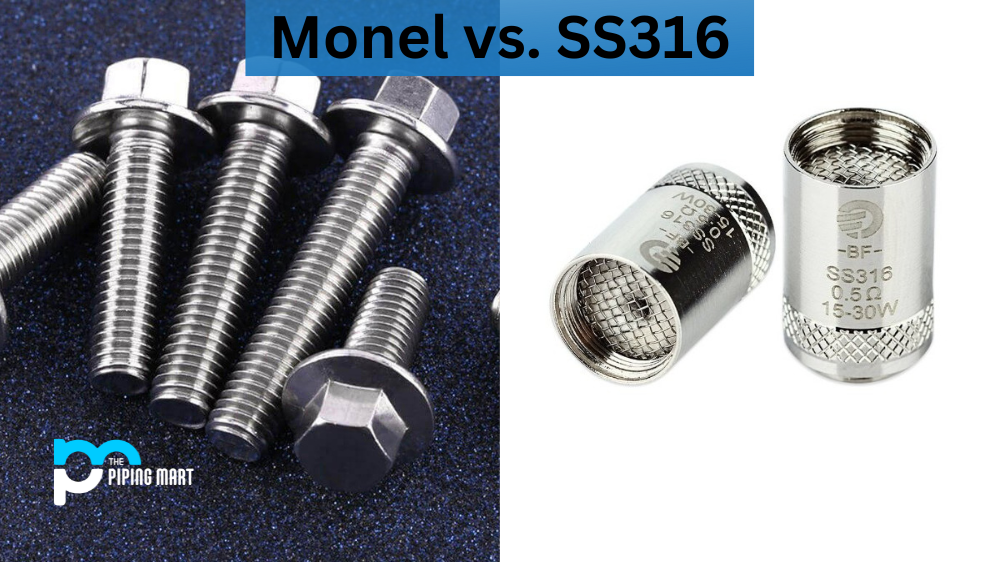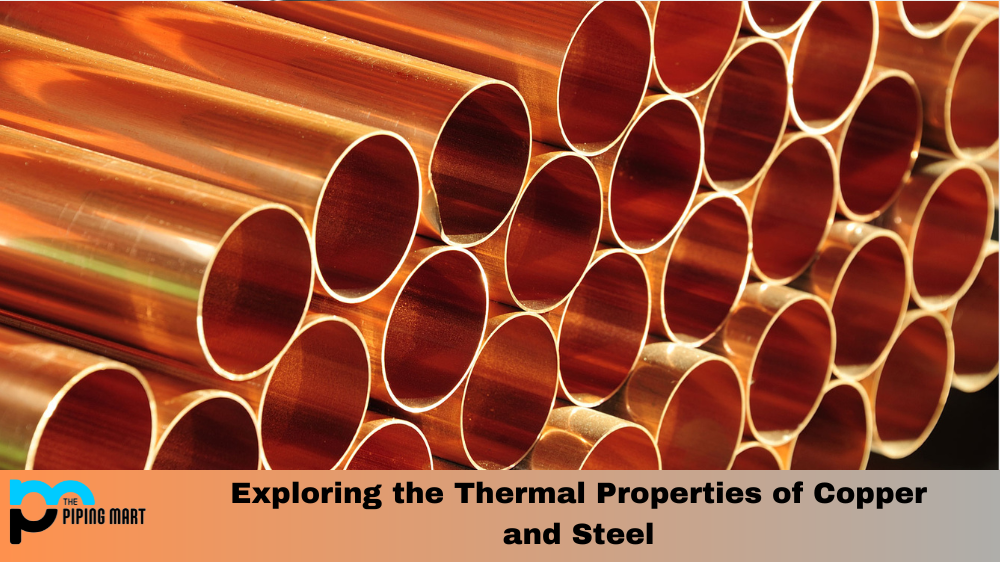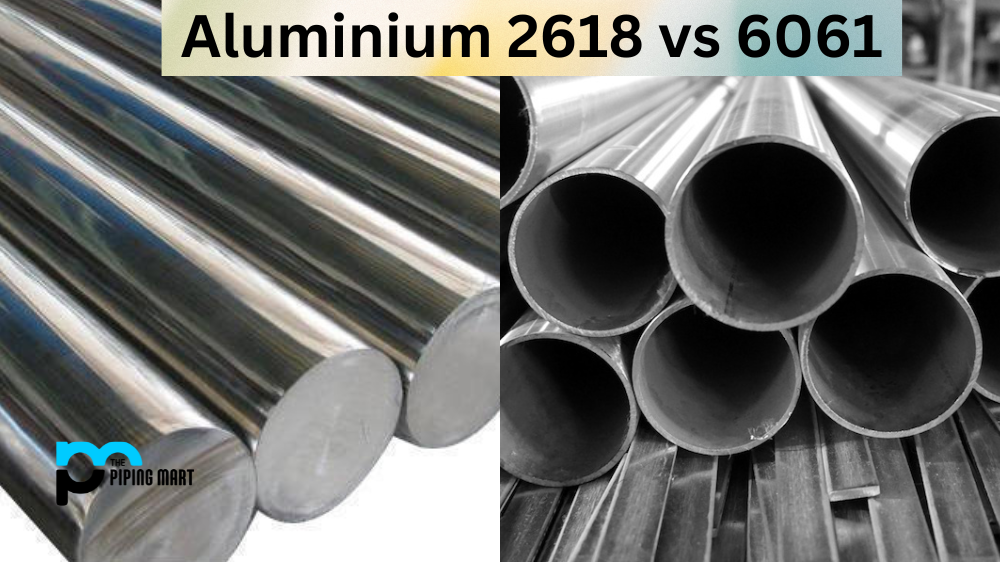Copper piping has been a popular choice for plumbing applications for many years. This is due to its durability, longevity, and resistance to corrosion. When choosing copper piping for your project, you may be faced with the decision between Type M and Type L copper. Both options have unique attributes and benefits, so it’s important to understand their differences. In this blog post, we’ll explore the differences between Type M and Type L copper and help you decide which is right for your project.
What is Type M Copper?
Type M copper is a rigid, heavy-duty copper tubing commonly used for plumbing purposes. It has a thicker wall than types K and L, with an outer diameter of up to 6 inches. Due to its high strength and corrosion resistance can be used in hot or cold water lines, gas lines, fire sprinkler systems, oil lines, and refrigeration systems requiring higher pressure capacity. Type M pipe is easy to install in confined spaces due to its lightweight and flexibility.
What is Type L Copper?
Type L Copper is a copper pipe typically used in plumbing and heating applications. It is thicker than type M copper, making it ideal for longer runs of piping, as well as commercial and industrial applications. Type L can be joined using solder or compression fittings and is available in rigid and flexible forms. It has a higher pressure rating than the thinner type M pipe, making it a popular choice among plumbers for more demanding applications.
Difference between Type M and Type L Copper
Wall Thickness
One of the most significant differences between Type M and Type L copper is the difference in wall thickness. Type M copper has a thinner wall than Type L copper. This means that Type M copper is more affordable than Type L copper but is also less durable and less resistant to damage. If you’re looking for a cheaper option for your project, Type M copper may be the way to go. However, if you’re looking for a long-lasting and durable option, Type L copper is your best bet.
Usage
The primary usage of Type M copper is for residential plumbing applications. It’s commonly used for hot and cold water supply lines, as well as for heating systems. On the other hand, Type L copper is more commonly used for commercial plumbing applications, such as in hospitals and laboratories. It’s also used for high-pressure applications, such as fire sprinkler systems. Type L copper is more expensive than Type M copper but is more durable and longer-lasting.
Burst Pressure
Another important difference between Type M and Type L copper is their burst pressure. The burst pressure of copper pipes refers to the maximum pressure the pipe can withstand before bursting. Type L copper has a higher burst pressure than Type M copper. This means that it can withstand more pressure without being damaged. If you’re planning to use copper piping for a hi gh-pressure application, such as in fire sprinkler systems, Type L copper is the way to go.
Corrosion Resistance
Copper is known for its corrosion resistance, but not all types of copper are created equal. Type L copper has a higher level of corrosion resistance than Type M copper. This means it’s less likely to corrode over time, saving you money on maintenance and repairs. If you’re looking for a long-lasting and durable piping option, Type L copper is the better choice.
Soldering
There’s no difference between soldering copper pipes between Type M and Type L copper. Both types of copper can be easily soldered using a propane torch and soldering paste. So, if soldering is a concern for you, you can rest easy knowing that both types of copper are equally easy to work with.
Conclusion:
When choosing between Type M and Type L copper, the decision ultimately comes down to your specific needs. Type M copper is more affordable but less durable, while Type L copper is more expensive but more long-lasting. Type L copper is also the better choice for high-pressure applications and has a higher level of corrosion resistance. Ultimately, your decision should be based on the type of project you’re working on and your budget. We hope this blog post has helped you understand the differences between Type M and Type L copper and has helped you make an informed decision about which is right for your project.

Pipingmart is a B2B portal that specializes in metal, industrial and piping items. Additionally, we share the latest information and information about materials, products and various types of grades to assist businesses that are involved in this business.




